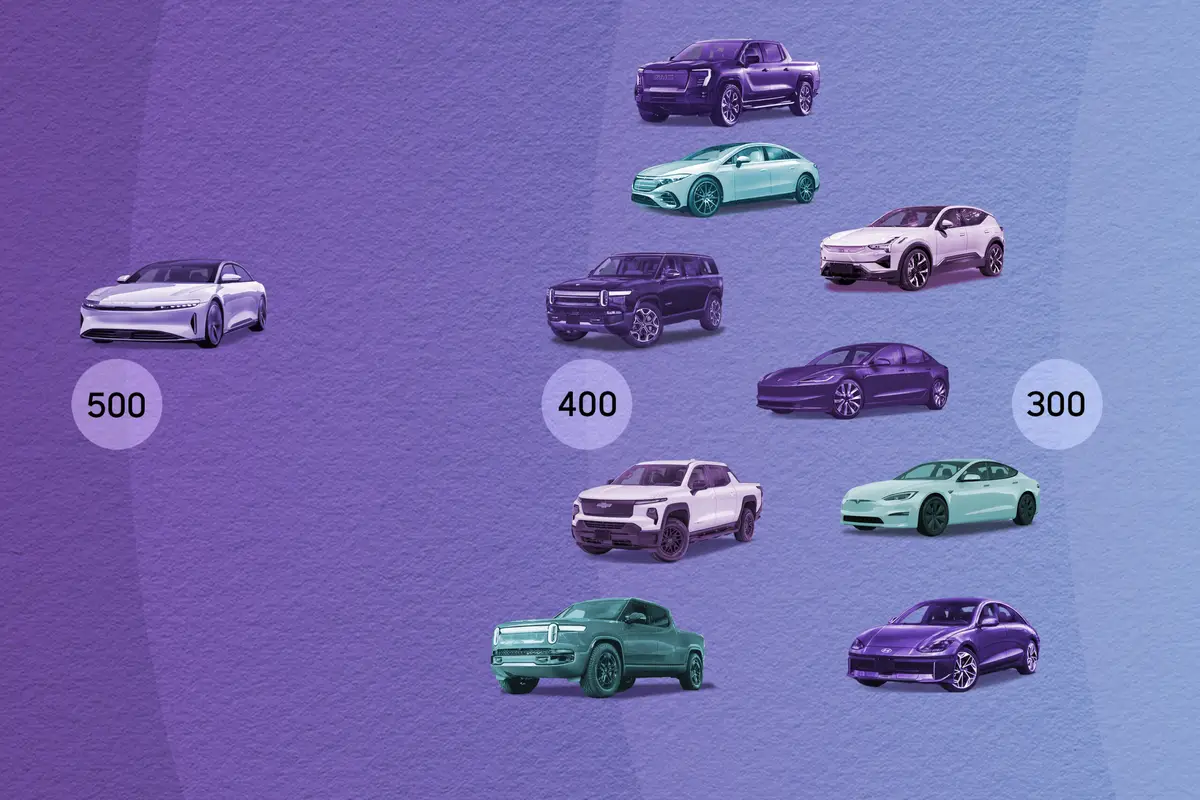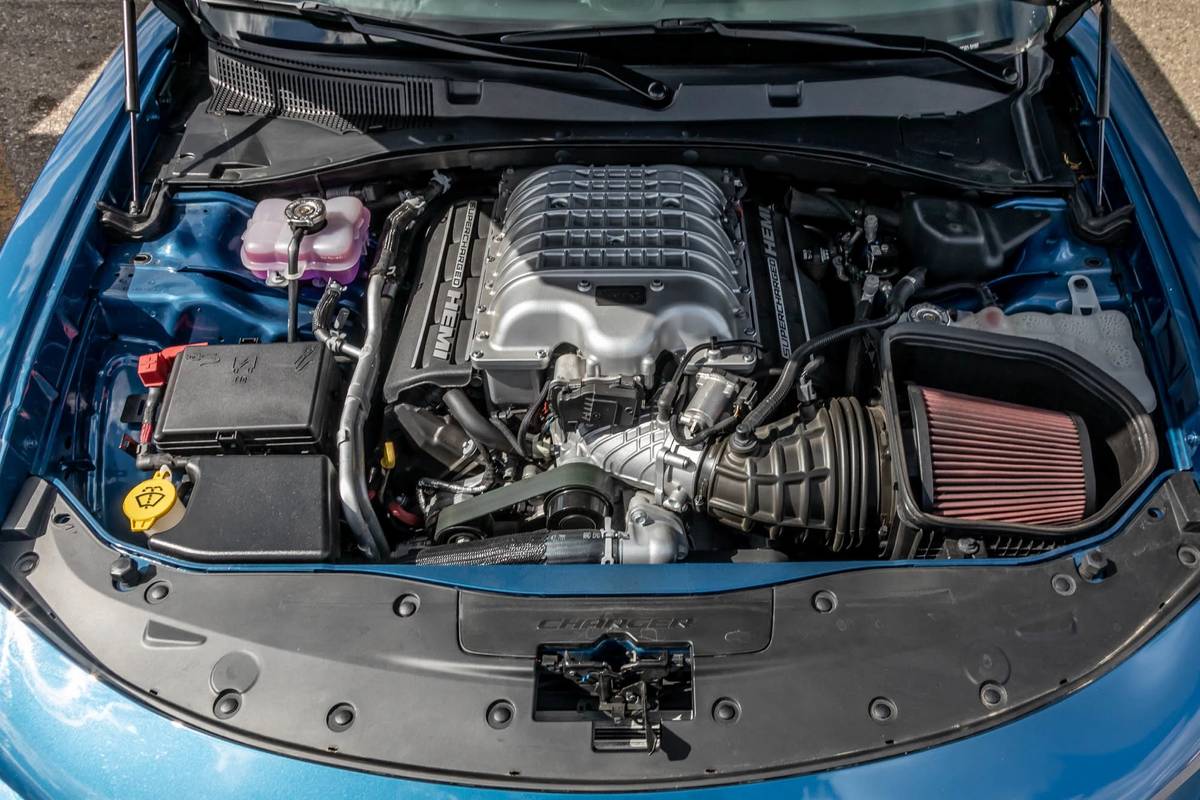washingtonpost.com's view
It was silver with a black velour interior that was more suitable for a coffin than a car. It had a neatly sculpted exterior, enhanced by ellipsoidal headlamps that looked more Mercedes-Benz than Hyundai.
But it was a Hyundai, a 2002 Hyundai Sonata GLS sedan. Its strengths outweighed its weaknesses, and that could mean trouble for its rivals.
That is a remarkable development. The Hyundai Sonata is the scion of Korean automakers who entered the United States in 1986 selling junk. Hyundai did not have rivals then. It had an audience, programmed to laugh when one of its cars, notably the Excel, was seen on the road.
Hyundai, however, has moved from clown to competitor. It is producing high-quality cars at below-market prices. The 2002 Sonata GLS is proof. It will give the higher-priced 2002 Nissan Altima and Toyota Camry sedans a good run for the money.
Hyundai stuck to a winning formula here: Offer competitive quality, myriad standard features and overall attractive styling at a price that will make new-car shoppers think twice about spending dollars with Honda, Mazda, Mitsubishi, Nissan or Toyota.
Those Japanese automakers have long dominated sales of compact cars in the United States. But Hyundai is determined to take market share away from them — and to undermine the plans of U.S. car companies to rely on foreign partners for the small cars they say they can no longer develop, produce and sell at a profit in this country.
Perhaps those U.S. companies will rely on Hyundai. The new Sonata, for example, is good enough to masquerade as something else beneath any automaker’s badge.
I drove the car for two weeks in all kinds of traffic. The weather in the drought-stricken mid-Atlantic region was consistently dry and cool. But road surfaces ranged from perfect to pathetic, enough to rattle any poorly built car.
The new Sonata GLS did not rattle. Like its 2002 rivals, it is built with substantially improved body rigidity and a good suspension system. The front suspension includes a double wishbone with anti-roll bar. The rear is outfitted with a multi-link suspension, coil springs, hydraulic shock absorbers and an anti-roll bar.
The upshot is that the new Sonata rides as well as, if not better than, the 2002 Toyota Camry LE V-6, and it handles almost as well as the new Nissan Altima. That shocked me.
Also shocking was the level of standard equipment in the Sonata GLS. Air conditioning, cruise control, power windows and locks, power outside mirrors, fog lights, and a keyless entry and alarm system are all standard.
Safety is standard, too. In the Sonata, that includes side air bags and the Hyundai Passenger Presence Detection system, which reduces deployment of the front-passenger bag if a child is sitting in the front seat. The system prevents bag deployment if the front passenger’s seat is empty.
Child safety is enhanced by federally required rear-seat anchors and tethers to better secure infant and toddler seats.
Computers helped Hyundai make the great leap forward. Globally, automakers are using computer-assisted design and manufacturing to improve vehicle quality before vehicles are built. The aim is to reduce production costs and manufacturing errors. Hyundai has been using the CAD/CAM system with a vengeance.
That means we will have to rethink the role of Korea in the global automotive industry. I’ve already done so. Before, I had the Nissan Altima and the Toyota Camry respectively ranked first and second among the 2002 compact/mid-size sedan entries. But after spending two weeks in the marvelous little Sonata, I’d say that things are closer to a three-way tie, especially considering the Sonata’s much more favorable pricing and warranty.
Congratulations, Hyundai.
Latest news



